Cost concerns amid FNQ green energy independence
With just one supplier of electricity in Far North Queensland and fears of blackouts, is it time to deregulate and add competition in to the region? HERE’S WHAT OUR LEADERS THINK
Cairns
Don't miss out on the headlines from Cairns. Followed categories will be added to My News.
THE Far North is well-placed to avoid power outages thanks to the region’s strong supply of clean renewable energy.
The Australian Energy Market Operator ordered electricity generators to produce enough supply to meet consumer demand this week, after it was forced to cap market price at $300/MWh about 7pm on Monday, forcing suppliers to reduce their output and triggering blackout fears.
But Cairns MP Michael Healy said those blackouts warnings were limited to the southeast because of a “brutal winter” bashing the southern states while the Far North region had access to additional energy production from renewables including Barron Gorge Hydro-electric Power Station and the Tablelands’ wind farms.
He said the Barron Gorge had the capacity to power 36,000 homes.
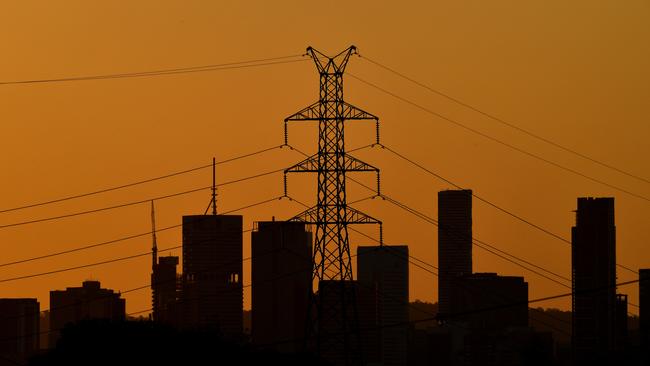
“I spoke to (Energy Minister) Mick de Brenni’s office and I’ve been told there is no significant concern in the north,” Mr Healy said.
“The demand is not just the southeast Queensland, but New South Wales and Victoria where this brutal start to winter has caused a significant spike to their energy use.”
Leichhardt MP Warren Entsch said with the number of renewable energy projects coming to life in North Queensland, he believed enough power could be produced for the region to go 100 per cent green, only if the state allowed it, but he doubted Far North customers would have access to a choice of power companies.
“We’ve got several wind projects, there’s the solar farm at Lakeland and we’ve got a number of hydro-based systems with Kidston coming on board soon,” he said.

RELATED: Kaban Wind Farm’s massive turbines arrive in Port of Cairns
“If we can set up a gateway from Townsville north, we’ll have infinitely more power than we need, and enough to supply Ergon back down south.
“But the state government owns the generators, the wholesaler and the transmission. I think the chances of getting additional competition up here into the network are less than zero, but if the state has the mindset for it, we could have renewable operators supplying the grid north of Townsville.”
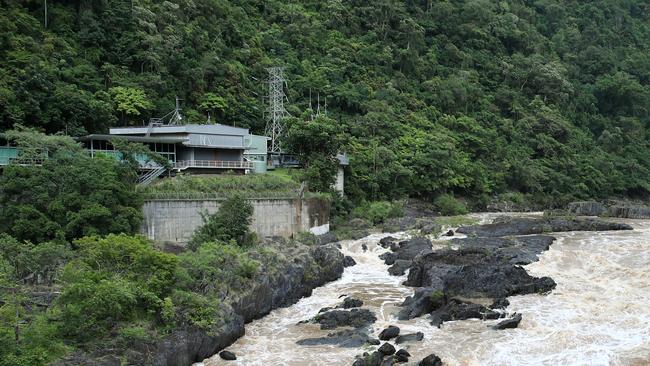
Solar customers are being urged to install battery systems ahead of an impending “sun tax”, that will see users charged for exports when there’s low demand.
Shadow Energy Minister Pat Weir said: “Solar users are rightly concerned that feed-in tariffs are dropping at a time when there should be incentives for the uptake of renewable energy.”
Clean Energy Council director of distributed energy, Darren Gladman said “most solar customers still purchase some electricity from the grid so if electricity prices rise, they will be affected by that.”
Mr Gladman said the increase in wholesale electricity prices will (eventually) lead to an increase in the feed-in tariff.
“This will make solar an even more financially attractive option in future, once the electricity prices increases have flowed through to consumers,” he said.

The Australian Energy Regulator (AER) has confirmed a controversial shake-up to the solar industry that will see households charged for exporting solar electricity at certain times from 2025. But experts say the impost can be navigated by avoiding peak times and making better use of energy storage systems.
Hill MP Shane Knuth said the failure of consecutive governments investing in baseload power in North Queensland was costing hundreds of millions of dollars in transmission generation loses each year.
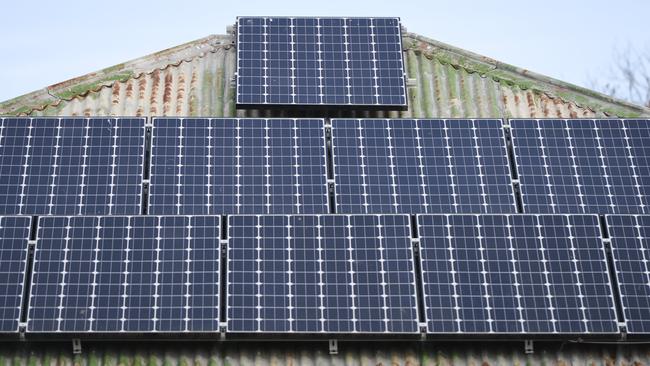
“The notion of competition basically means privatisation of our Northern Queensland’s retail sector which could potentially mean buying our energy off global companies,” Mr Knuth said.
Mr Knuth’s federal colleague and Kennedy MP Bob Katter said the region needed its own generating capacity, which he suggested should be the cheaper form of electricity via a coal-powered station featuring algae ponds to capture carbon dioxide, although a minimal amount, to be based at the Galilee Basin.
He said while he supported the construction of new generators in North Queensland, adding competition into the retail end and therefore removing the subsidy Ergon Energy received to average out prices would not be beneficial to the region and possibly “double the costs of electricity in North Queensland.”
HOW POWER PRICE RISE WILL TEST BUSINESS REPUTATIONS AND QUALITY
Running fridges 24 hours a day and the airconditioning for more than 12 hours is how this Cairns butcher ensures quality, but management have grave fears for the business and its customers with the impending power price hikes.
Manager and head butcher at Stratford’s Marsh Butcheries Nick Dagg said between multiple fridges, aircon, four cold rooms and a smoking oven, the business accumulates a monthly power bill of about $3500.
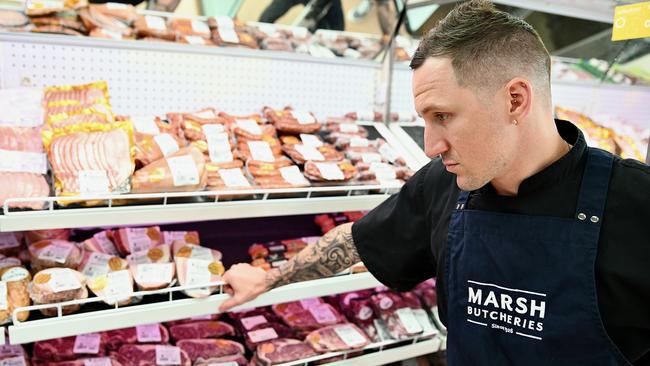
In May The Australian Energy Regulator revealed wholesale electricity prices in Queensland had quadrupled in the first three months of the year compared to the same time in 2021.
That means in regional Queensland, where there is just one retailer and those retail prices are regulated, the estimation is power bills will increase by 9.2 per cent, or around $119 each year, according a report by the Queensland Competition Authority.
It reported typical customers on the main small business tariff were expected to pay around 10.2 per cent or about $215 more for their electricity in 2022–23.
While Premier Annastacia Palaszczuk introduced a $175 rebate on electricity bills for Queenslanders this year, butcher Mr Dagg said its effects would be negligible compared to the rising costs of living.

His industry was already facing rising costs for meat and suppliers are being forced to pass on the costs of fuel for transportation.
“And they’re all running fridges so when the electricity prices go up, it’s all going to get added on and at some point to make money, we have to add it on as well,” Mr Dagg said.
“That $175 is nothing, if your food costs are going up $100 a week, it’s small in the big scheme of things.”
Mr Dagg said small businesses like his would have no choice but to pass costs on to customers or risk their reputations.
“We can’t afford to cut costs anywhere because it’s quality assurance for the customer,” he said.
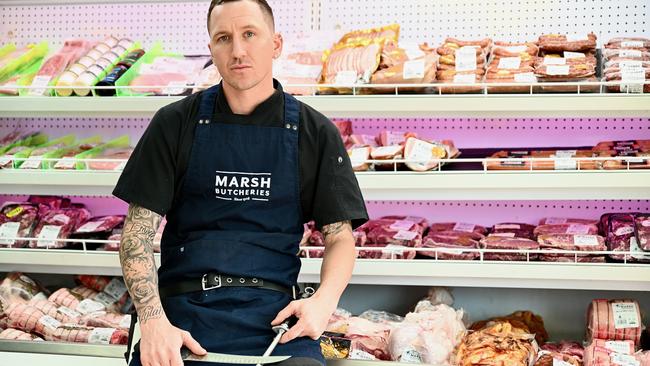
“This place has been here since 1926, it’s been a longstanding part of the community and we try our best to work with people to keep the costs low and affordable, but it’s getting harder and harder.
“Your hand is forced, if you don’t pass (the costs) on you won’t survive, yet the only way this place has survived is by looking after the people.
“Now all we can do is just make sure our quality doesn’t drop and our service stays the same, but the fact of the matter is, the prices are still going up and we have to pass them on.”
He said he would like to see more government rebates so businesses could upgrade equipment that would consume less energy.
More Coverage
Originally published as Cost concerns amid FNQ green energy independence




